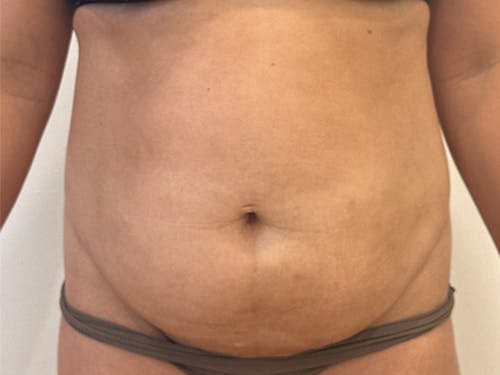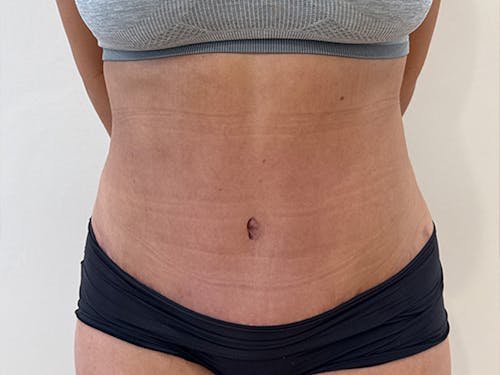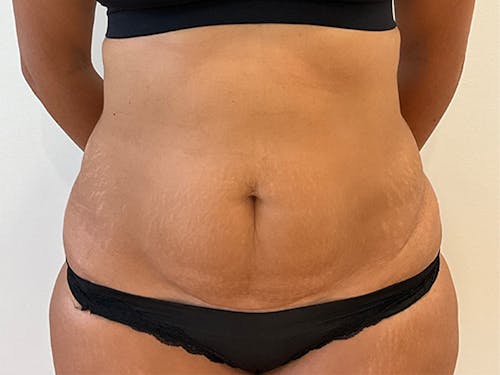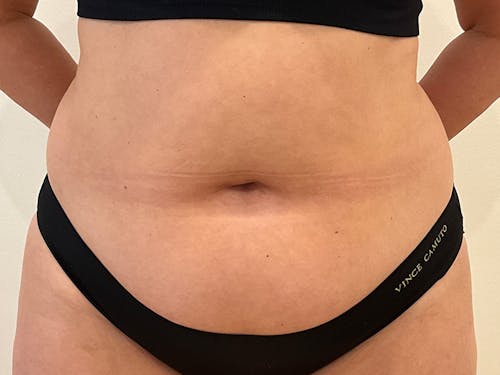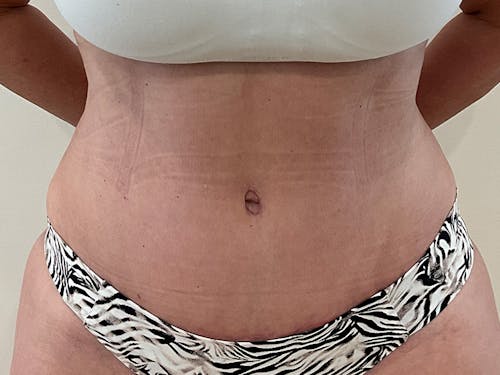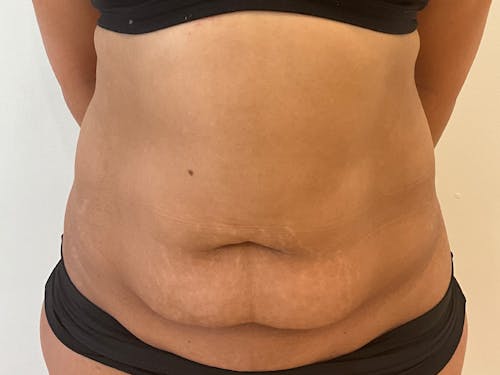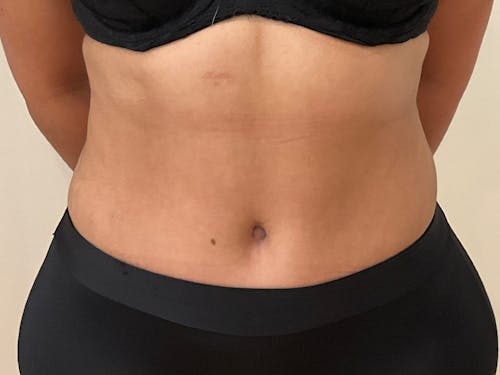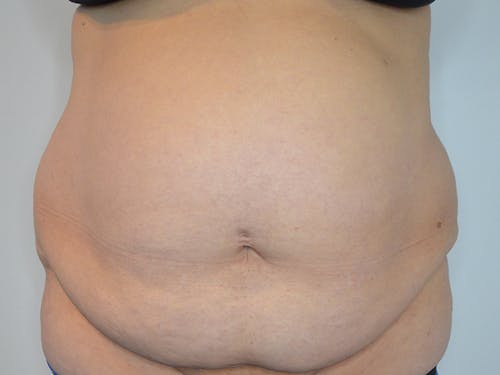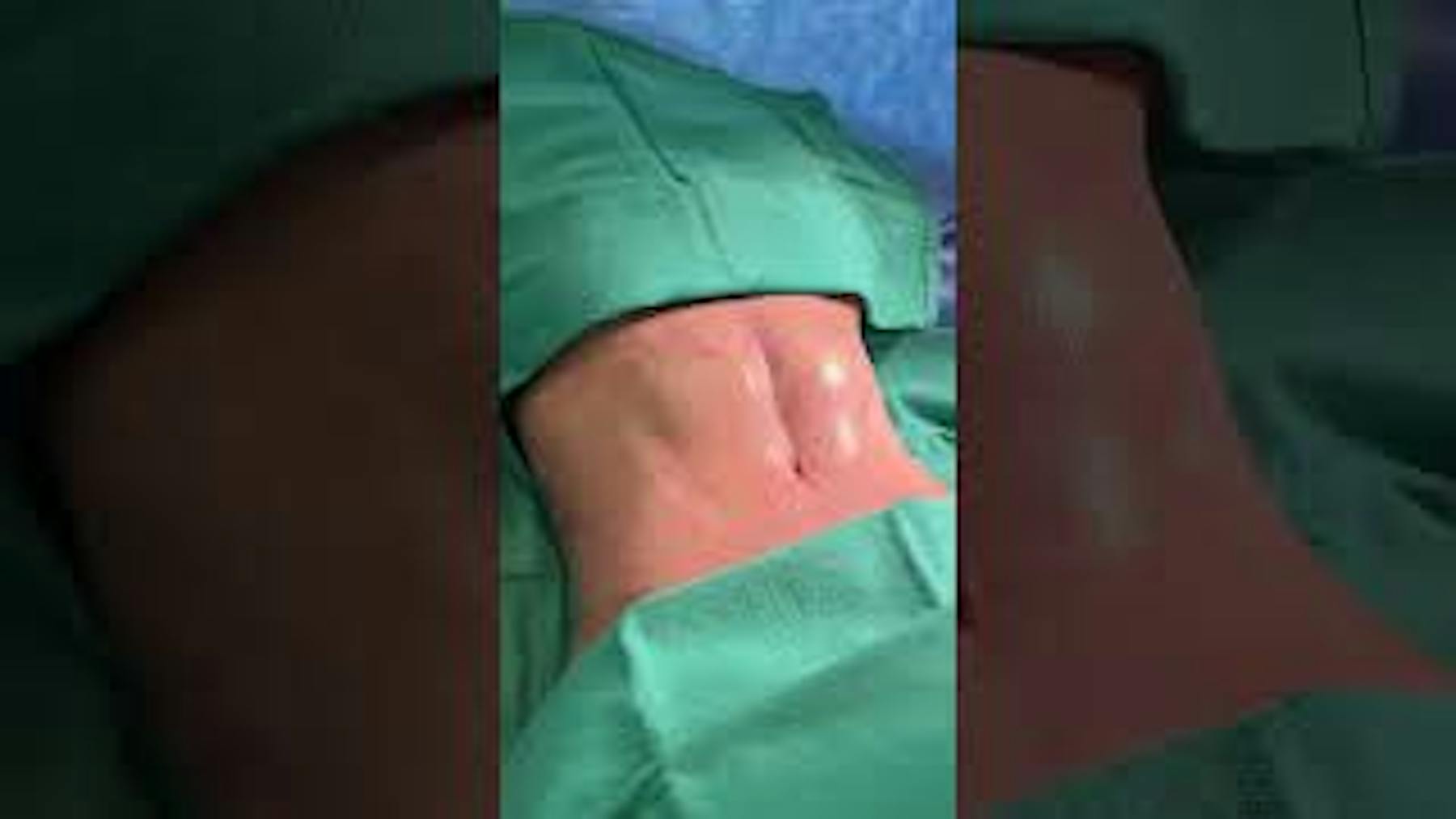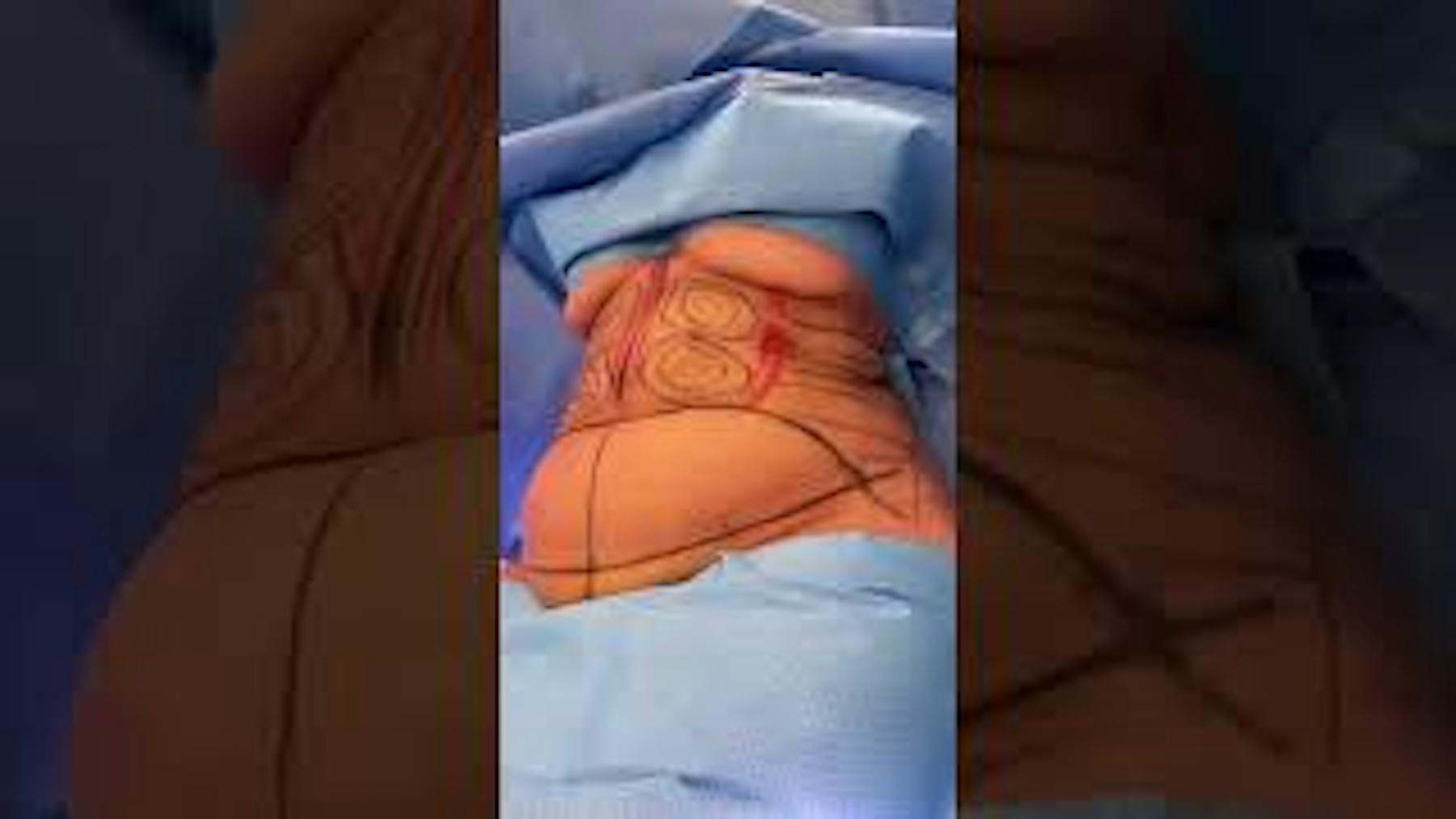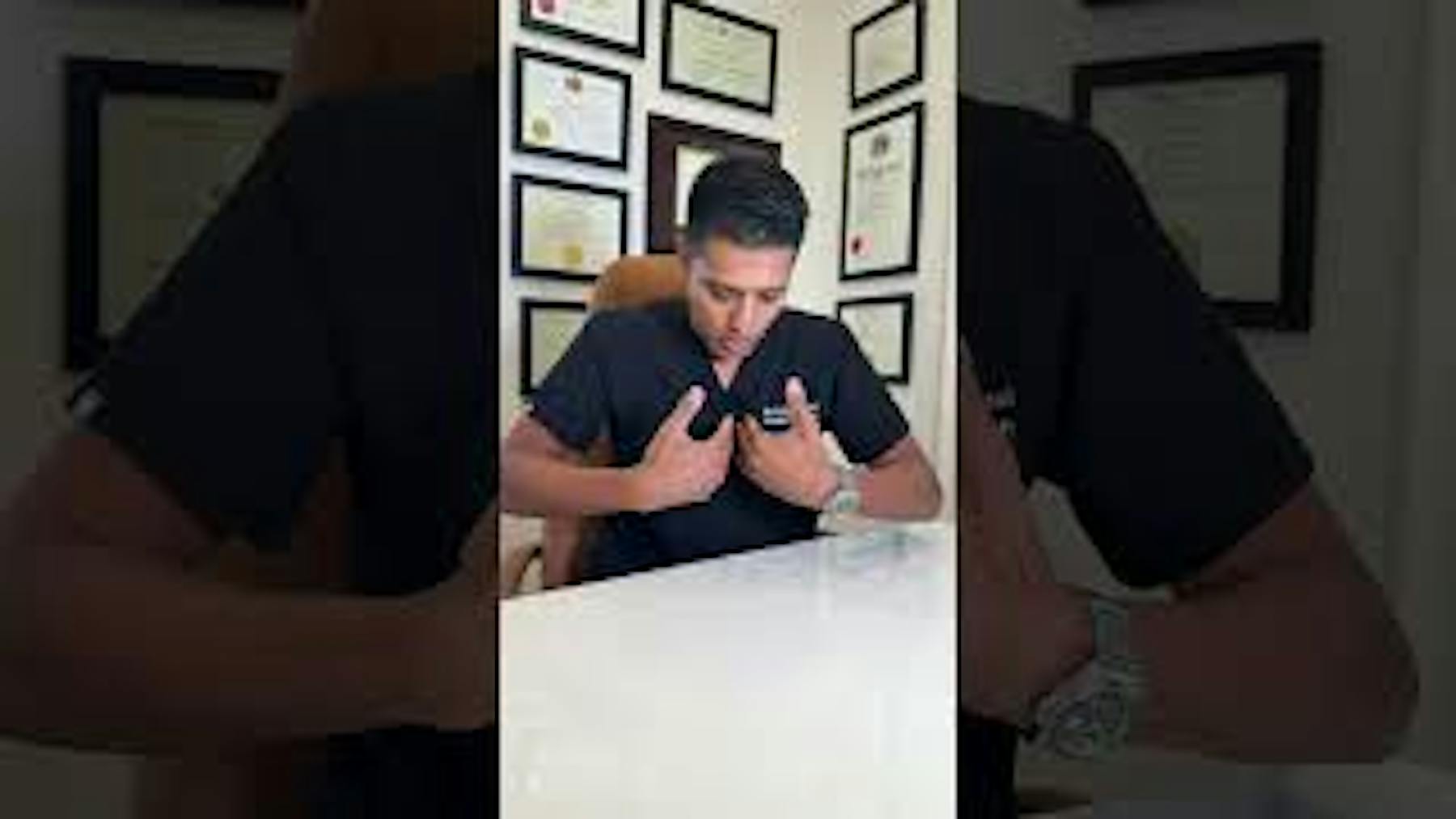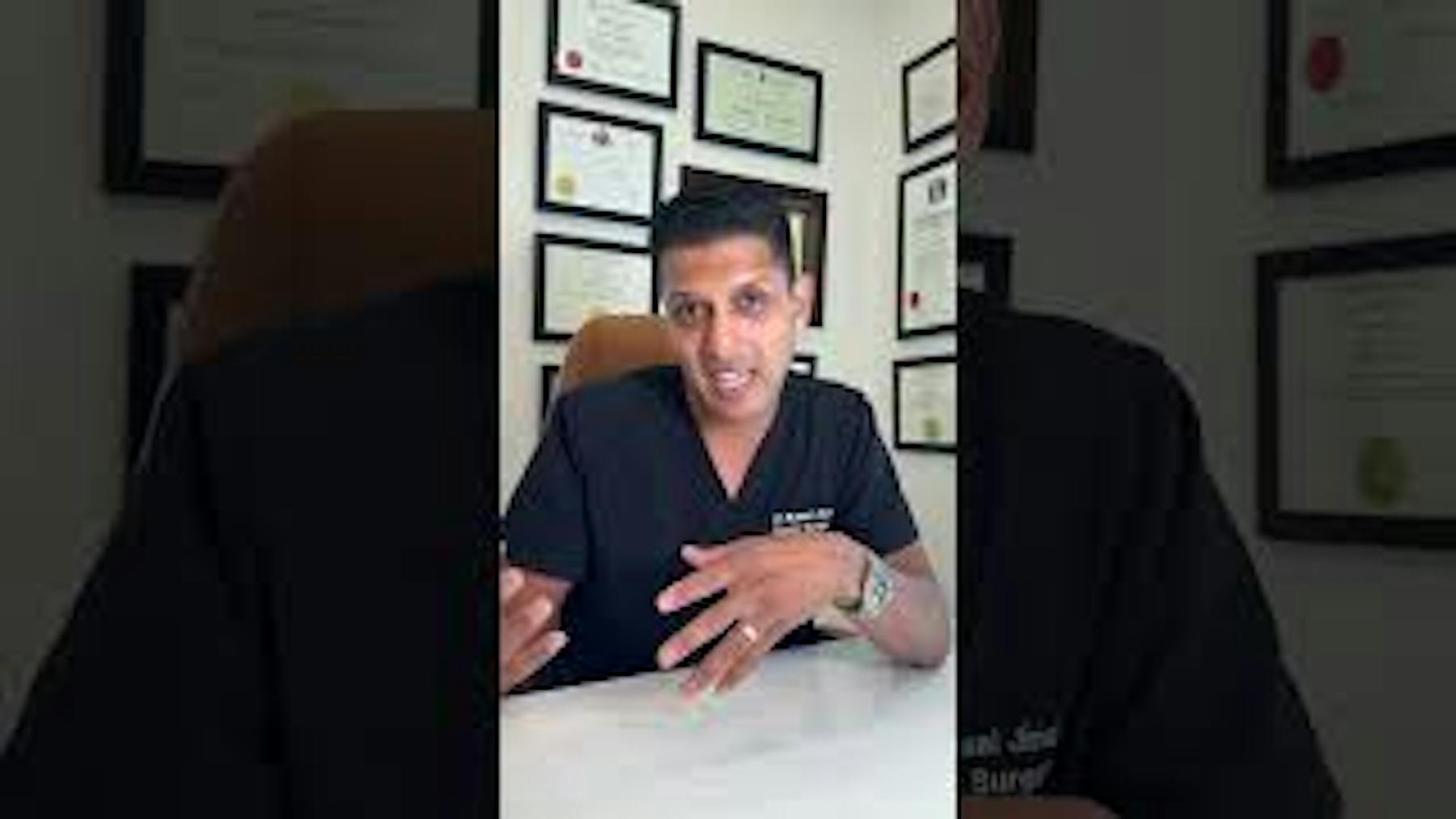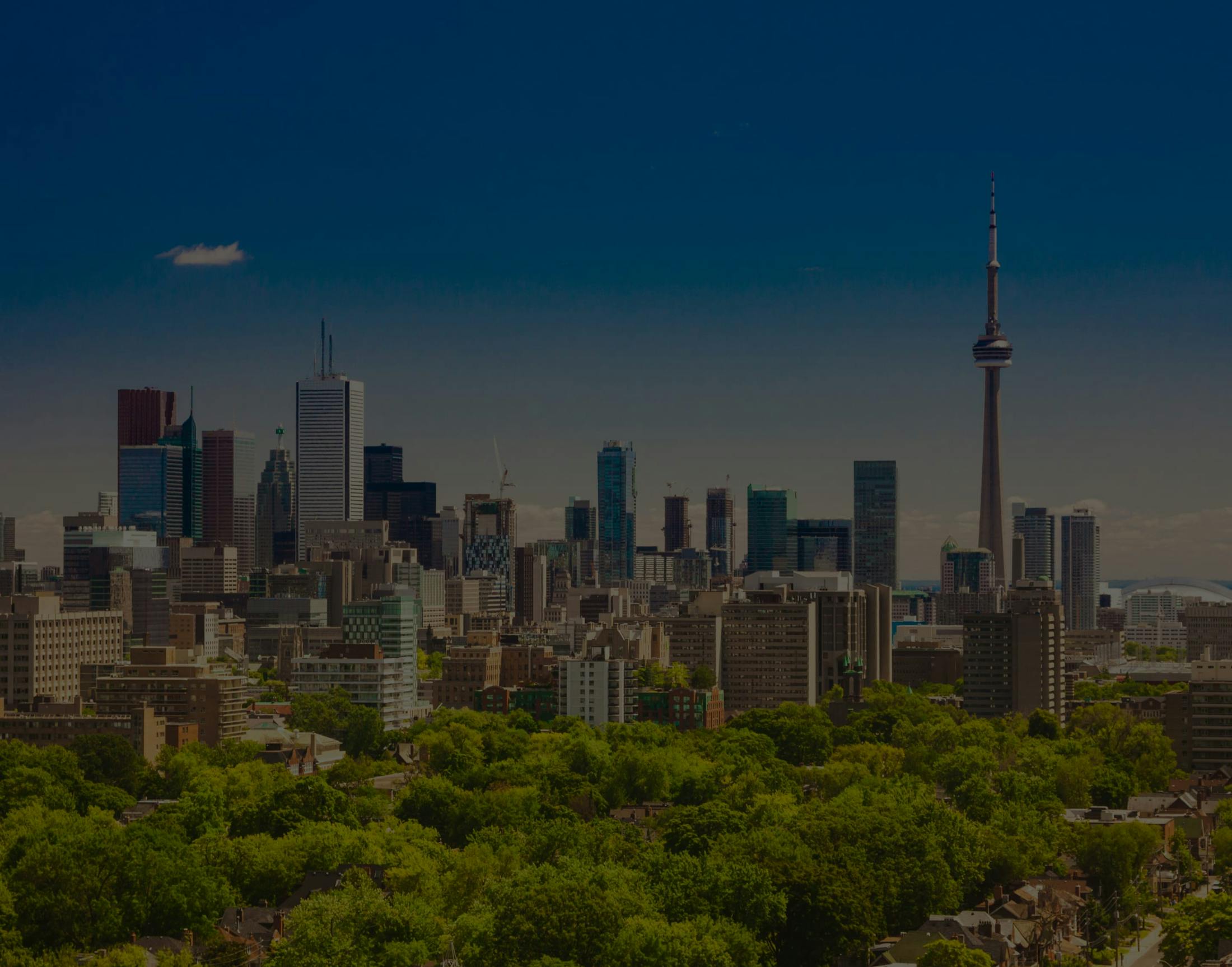Achieve a more sculpted, contoured physique with a tummy tuck in Toronto.
Your Initial Consultation
At Studio Plastic Surgery, we take the time to understand individual concerns and design a treatment plan to achieve ideal results. We ensure you have all of your questions answered, including what to expect on the day of your procedure, the recovery process, and what techniques will be used. We work with you to help you feel prepared, confident and empowered about this important step in achieving your aesthetic goals. Our goal is to ensure that you enjoy peace of mind as you look forward to your end results.


